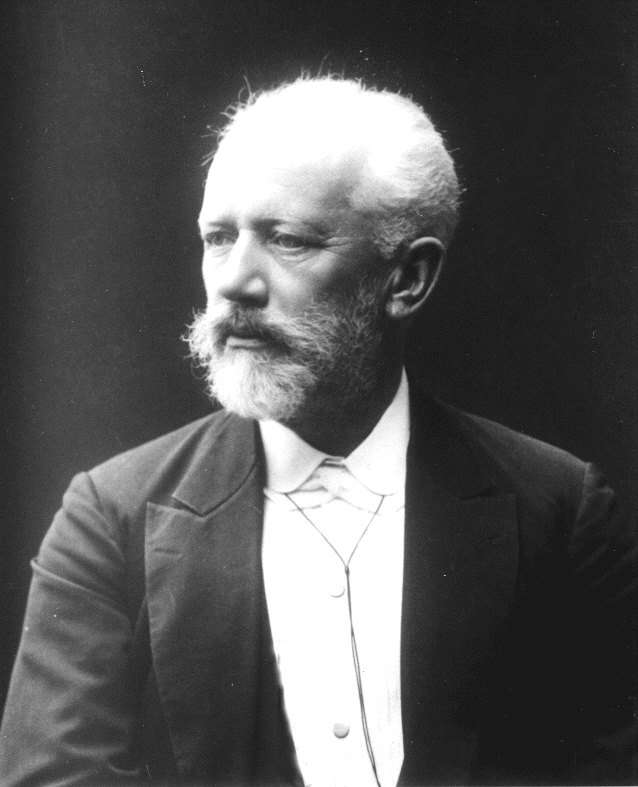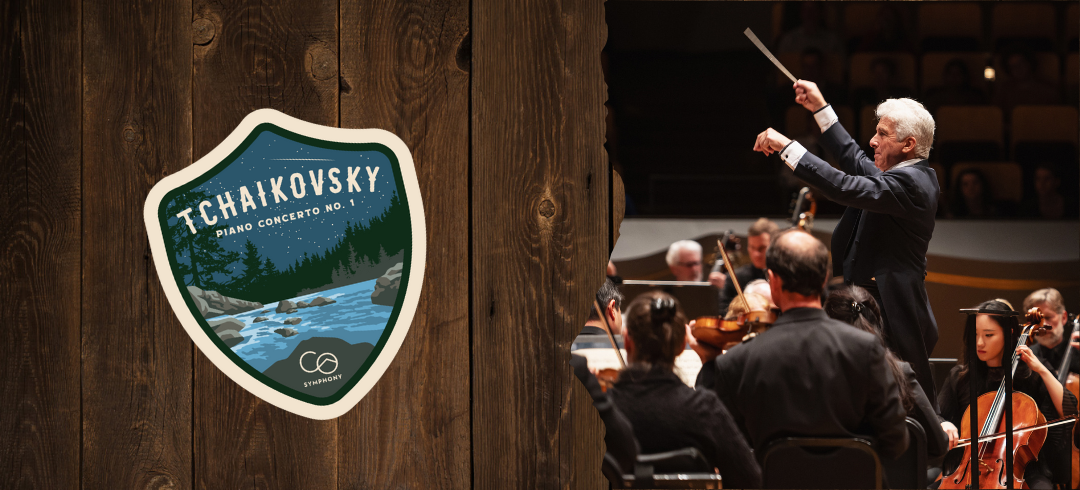On Christmas Eve of 1874, in a dimly lit parlor of a Moscow home, Pyotr Ilyich Tchaikovsky sat before the piano, his fingers poised over the keys. The air was thick with anticipation. His audience was small but formidable – his superior, the great pianist and conductor Nicolai Rubinstein, and a handful of others. Tchaikovsky had poured his heart into this composition, his First Piano Concerto, and now, he sought only some friendly guidance.
As the first chords rang out – bold, commanding, resolute – Tchaikovsky felt a swell of pride. The orchestra’s grand opening melody, played now by the piano in delicate ripples, filled the room. But when he glanced up at Rubinstein, he was met with silence. No nod of approval, no flicker of admiration, just a stony, unreadable expression.
He pressed on, weaving through the intricate passages of the first movement. Still, Rubinstein said nothing. Tchaikovsky’s pulse quickened. Had he miscalculated? Was the piece truly so flawed? By the time he struck the final note, the silence in the room had become unbearable. Finally, he turned to Rubinstein and asked, “Well?”
Rubinstein exhaled, and then, like the breaking of a dam, unleashed a torrent of criticism. He deemed the concerto unplayable, a patchwork of stolen themes, riddled with clumsy and awkward passages. “Impossible!” he declared, shaking his head. “This must be revised entirely!”
Tchaikovsky’s face burned with humiliation. But as the words sank in, so did something else: a fiery defiance. He was not a student to be scolded into submission. He was an artist, and this work was his vision. He met Rubinstein’s gaze and, with quiet steel in his voice, said, “I won’t change a single note. I will publish it just as it is.”
“I won’t change a single note. I will publish it just as it is.”
Pyotr Ilyich Tchaikovsky
True to his word, Tchaikovsky sent the concerto to Hans von Bülow, the esteemed pianist and conductor. Bülow’s response was the opposite of Rubinstein’s. “Such brilliance!” he wrote, praising the work’s originality and emotional depth. He vowed to perform it, and in October of 1875, he did, giving the world premiere in faraway Boston. The American audience erupted in thunderous applause. The piece was a triumph.
Years later, even Rubinstein would come to appreciate the concerto he had once so mercilessly condemned. He eventually performed it himself, and Tchaikovsky, ever gracious, was pleased by his change of heart. But the moment of rejection had already carved its mark on history. It was a testament to the power of artistic conviction, to the courage of a composer who believed in his own voice despite the doubts of others.
Today, Tchaikovsky’s First Piano Concerto remains one of the most beloved in the repertoire. Its soaring melodies and passionate intensity captivate audiences worldwide. And though the majestic opening theme never returns in the concerto – a daring, unconventional choice – it lingers in the hearts of listeners, a symbol of the bold spirit that refused to be silenced.
What to know about the music:
The passionate, emotional first movement is notable for its unconventional form, which is freer and more rhapsodic than usual for a concerto of this era. This departure from tradition may have been part of what provoked Rubinstein’s ire, but it likely also stoked Bülow’s admiration. Tchaikovsky’s fantasia-like approach gives the movement a subjective, personal quality. It begins with one of his most famous melodies: a grand, sweeping orchestral statement, followed by the piano’s attempt to echo it, though the melody never returns later in the movement. Instead, Tchaikovsky introduces three distinct themes: a nervous Ukrainian folksong he had first heard sung by a blind beggar, a melancholy clarinet passage, and a hopeful, lyrical melody from the strings. These themes intertwine in an intricate, emotional journey, culminating in a thrilling conclusion.

The slow second movement begins with a delicate flute melody, later echoed by the piano and solo cellos. This theme subtly references the melancholy theme from the first movement, reinforcing the concerto’s emotional depth. The middle section takes a sudden turn into a lively, playful dance. Tchaikovsky’s brother Modest later revealed that this section was inspired by a French song the composer loved in his youth, adding a personal and nostalgic touch. The opening theme returns softly, fading into a dreamlike conclusion.
The third movement bursts forth with energy, built upon another Ukrainian folk tune. It alternates with a sweeping, expressive theme introduced by the violins. This interplay between rustic dance rhythms and soaring melodies creates a sense of triumph and exhilaration. As the movement progresses, the themes evolve harmonically, demonstrating Tchaikovsky’s inventive genius. The concerto builds to a dramatic, fiery finale, where the entire orchestra joins in a glorious statement of the theme, bringing the piece to an electrifying close.
With its blend of folk influences, emotional depth, and virtuosic demands, Tchaikovsky’s First Piano Concerto remains a timeless masterpiece. Its journey from rejection to worldwide acclaim is a testament to the resilience of artistic vision and the power of music to transcend doubt and criticism.
Hear Tchaikovsky’s First Piano Concerto Live
Join your Colorado Symphony, April 25-27, 2025 in Boettcher Concert Hall for a weekend featuring Tchaikovsky’s triumphant Piano Concerto No. 1, performed by pianist Gabriela Montero and Music Director Designate Peter Oundjian.


